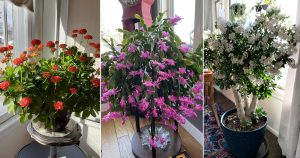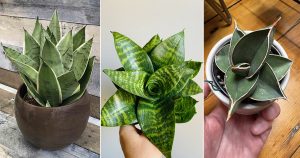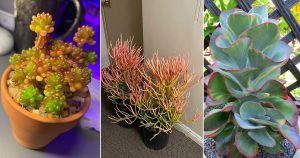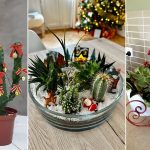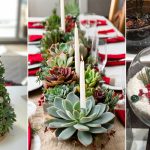Time to check out succulents’ drought tolerance with these succulents that can grow inside a closed jar with no water for months!
We all know succulents are pretty resilient. But can you imagine a situation where they live in a closed jar with no water for a couple of months? Sounds harsh, right? But it is still possible! Here are succulents that you can grow inside a closed jar without watering for a couple of months!
Succulents That Can Grow Inside a Closed Jar
1. Zebra Plant
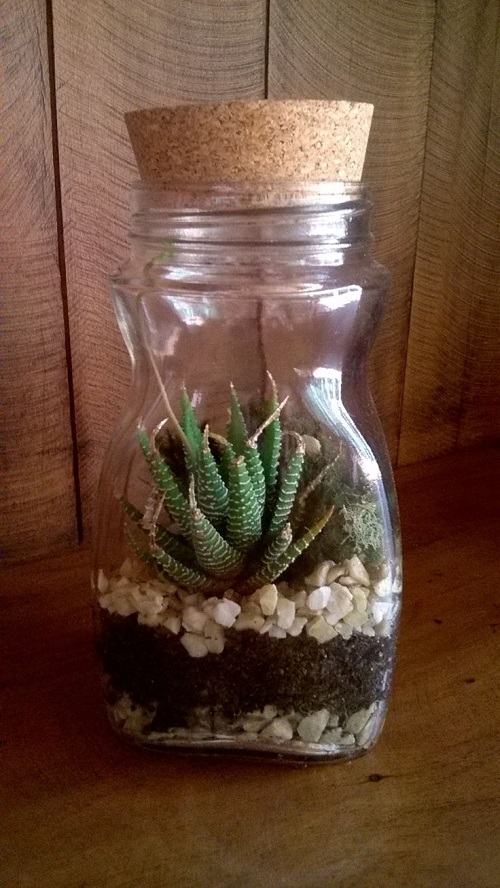
Botanical Name: Haworthia attenuate
Haworthia is a tough little succulent from South Africa, also called the Zebra Plant, and stands out with its dark green leaves and white stripes. In the wild, it grows in shady rock crevices—pretty much like the humid, low-light vibe inside a closed jar.
Its thick, fleshy leaves store water well, which makes it perfect for jar setups where watering isn’t an option. And while it can handle low light, don’t hide it in a dark cupboard! A softly shaded spot works best to keep it happy and looking good as a mini-green showpiece.
2. Gasteria
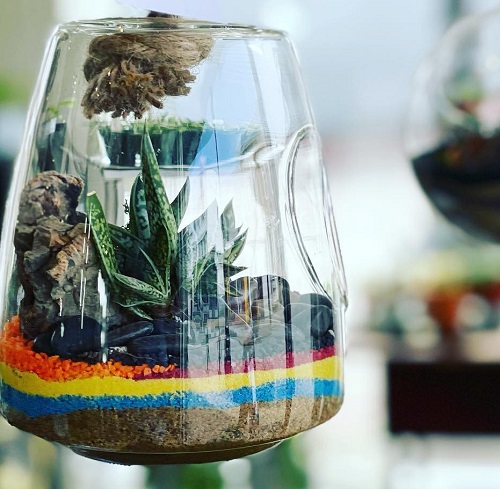
Botanical Name: Gasteria spp.
Similar to the Haworthia, Gasteria also stores water in its leaves. But what helps it the most to survive in a jar without water is its low transpiration rate, meaning it does not lose water easily through its pores.
Even in its natural habitat, you will find it enjoying shade quite a lot. To spell it out, Gasteria has absolutely no problem living without water for 2 to 3 months!
Bonus tip: Choose a wide jar for Gasteria—it allows better airflow and helps prevent the inside from getting too humid.
3. Peperomia
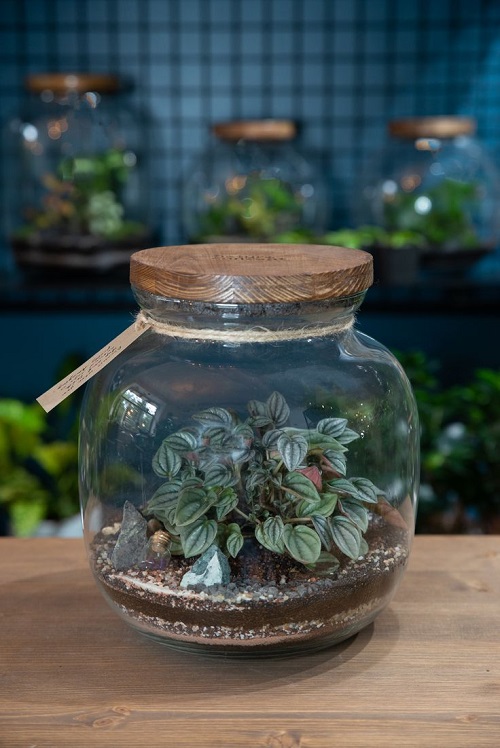
Botanical Name: Peperomia graveolens
Yes, we know that peperomia is not a true succulent. However, being a semi-succulent too, you can choose to grow Peperomia in a jar without water! Usually in the wild, they grow under the canopy of tropical rainforests where humidity is very high.
So, simply mist them before putting them in the jar and let their naturally thick leaves and stems do their job (they too have stored water!). Plus, unlike most succulents, they prefer more humid conditions and can live without having a drink for months.
Tip: Don’t overpack the jar with multiple Peperomia plants—one healthy stem is more than enough for small jars.
4. Jelly Bean Plant
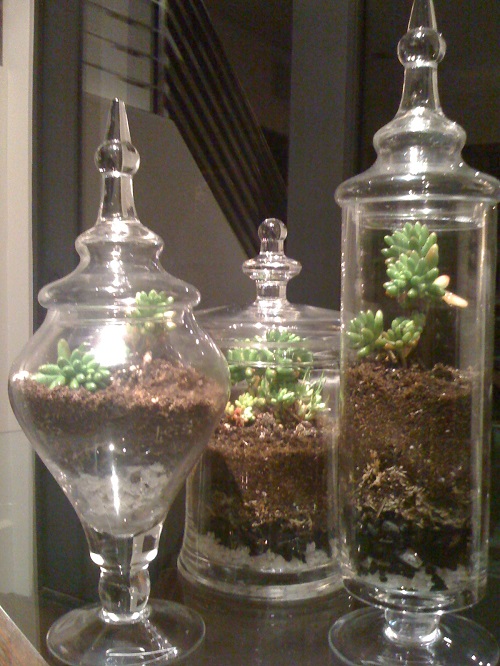
Botanical Name: Sedum rubrotinctum
If you talk of extreme drought-tolerance, Sedum would be the first species that would come to mind. They are so evolved that they can survive in the wild with almost zero rainfall. Since this specific species also has the standard thick and waxy outer layer, it reduces moisture loss.
But there is a catch. In fact, there is more than one catch when it comes to growing Sedum in a jar. You have to keep the jar very dry but ensure a lot of light, ventilation, and even proper drainage to prevent root rot. If all of these conditions are met, you can go without watering it for 3-4 months easily.
Also, avoid placing this one in airtight jars. Instead, use jars with cork lids or slits—they allow minimal airflow while still holding moisture.
5. Living Stones
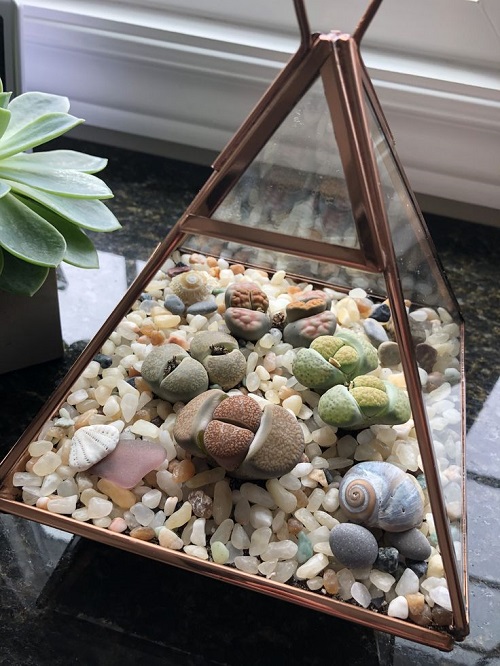
Botanical Name: Lithops
We don’t know about you, but we sure do love the unique rock-like appearance of this succulent! Since they do not have traditional leaves or even the thick ones that succulents feature, they need minimal watering.
The unique thing about Lithops is that their “leaves” are plump and have water-storing cells. This implies they can tolerate only slight humidity, but only if there is good airflow.
In cooler conditions, you can practically forget you have a living plant in a jar; you can basically treat it like a decor piece. All you have to ensure is that the jar has a partial opening for ventilation.
Avoid misting Lithops or sealing them inside a fully closed container—too much moisture can cause them to split or rot.
The Summing Up!
The most important point to remember when growing plants this way is that this could be a temporary experiment. But if you try to grow them over the long term in a closed jar with no water, they will inevitably stop growing and might even get close to dying.
This is why it is important to research each succulent you are growing in a jar and meet its care needs as much as possible.
Also, choose smaller, slow-growing succulents for jars—fast growers will outgrow the space quickly and suffer from overcrowding.
All in all, growing succulents in closed jars can be super fun and quite a learning experience. Try it out and let us know how it goes for you in the comments below!


